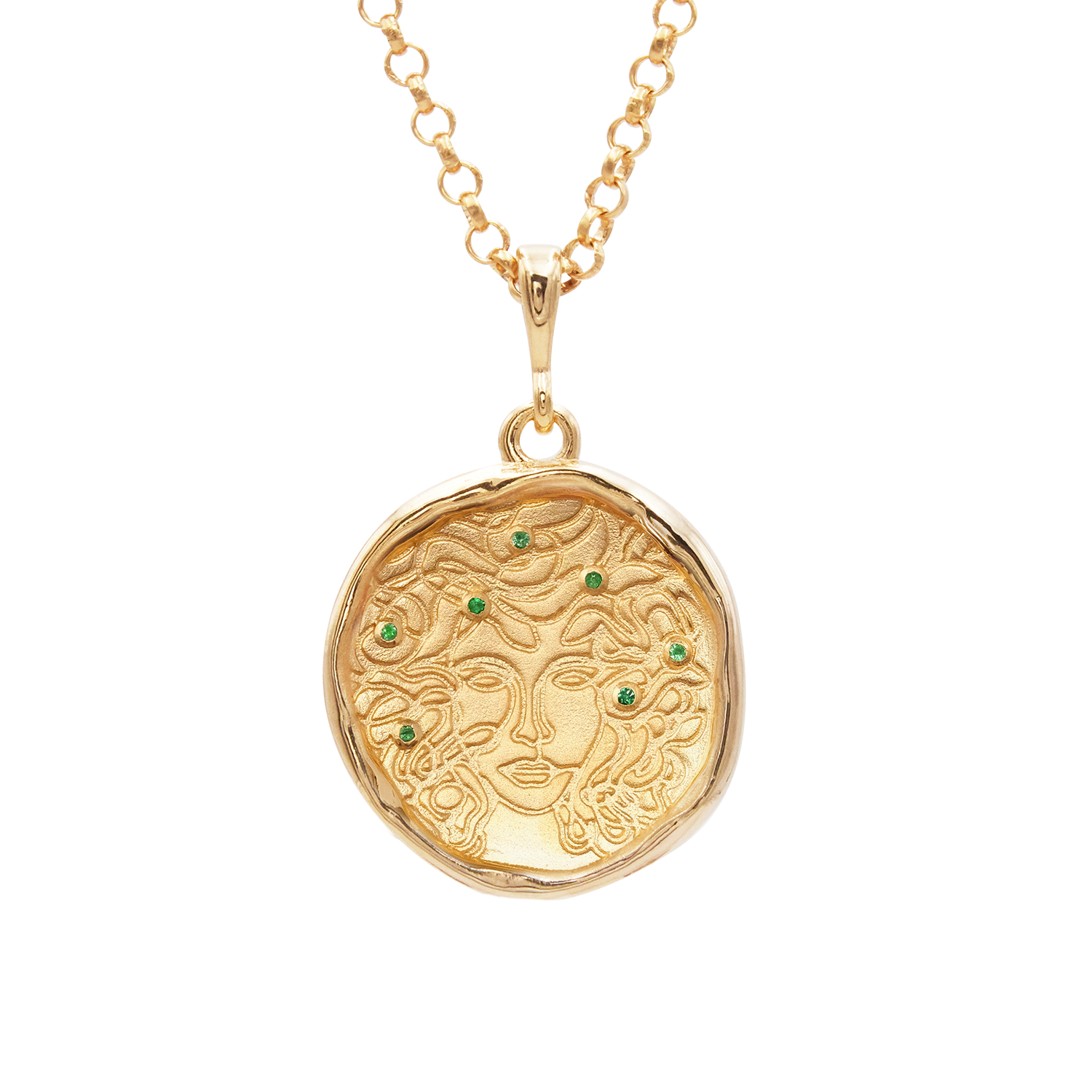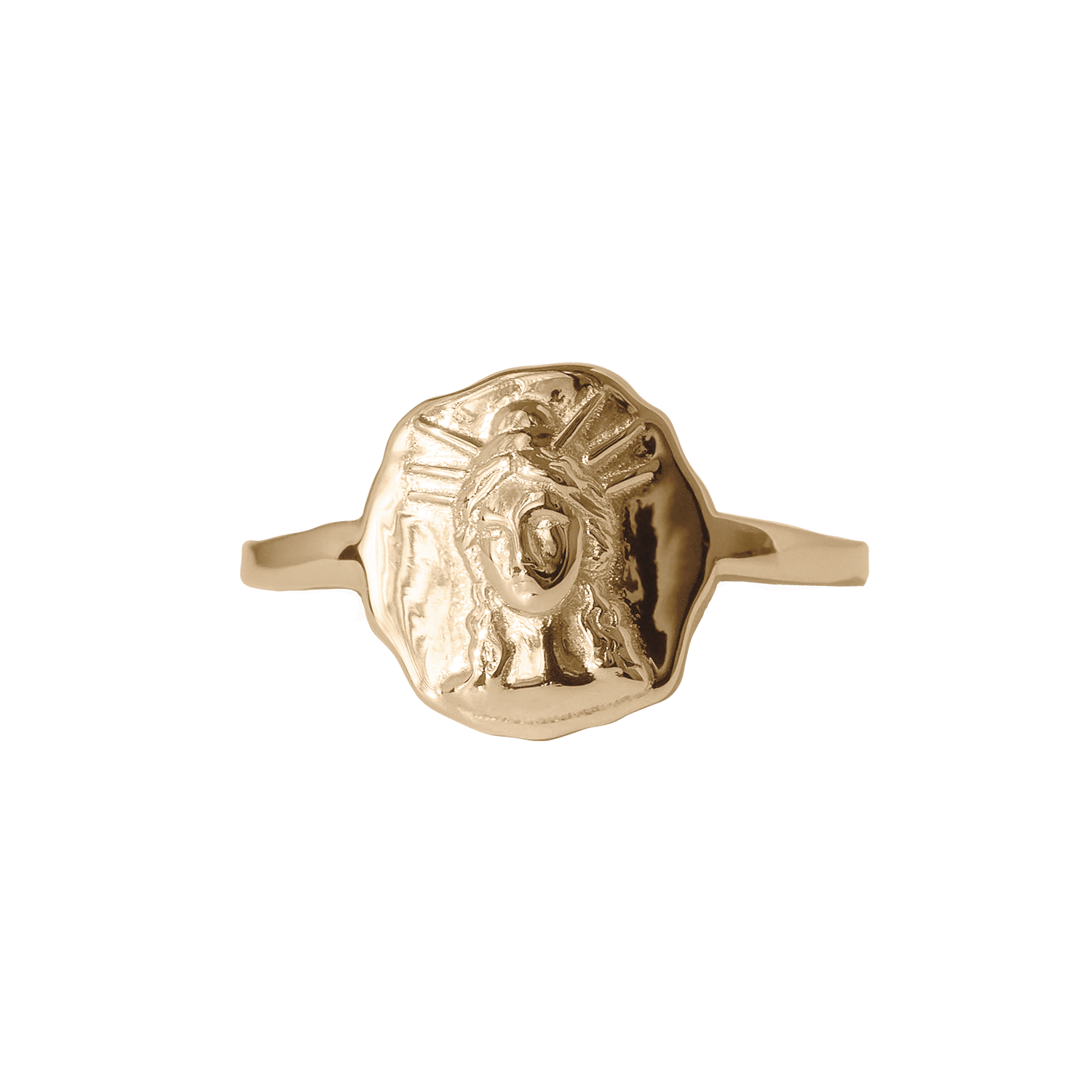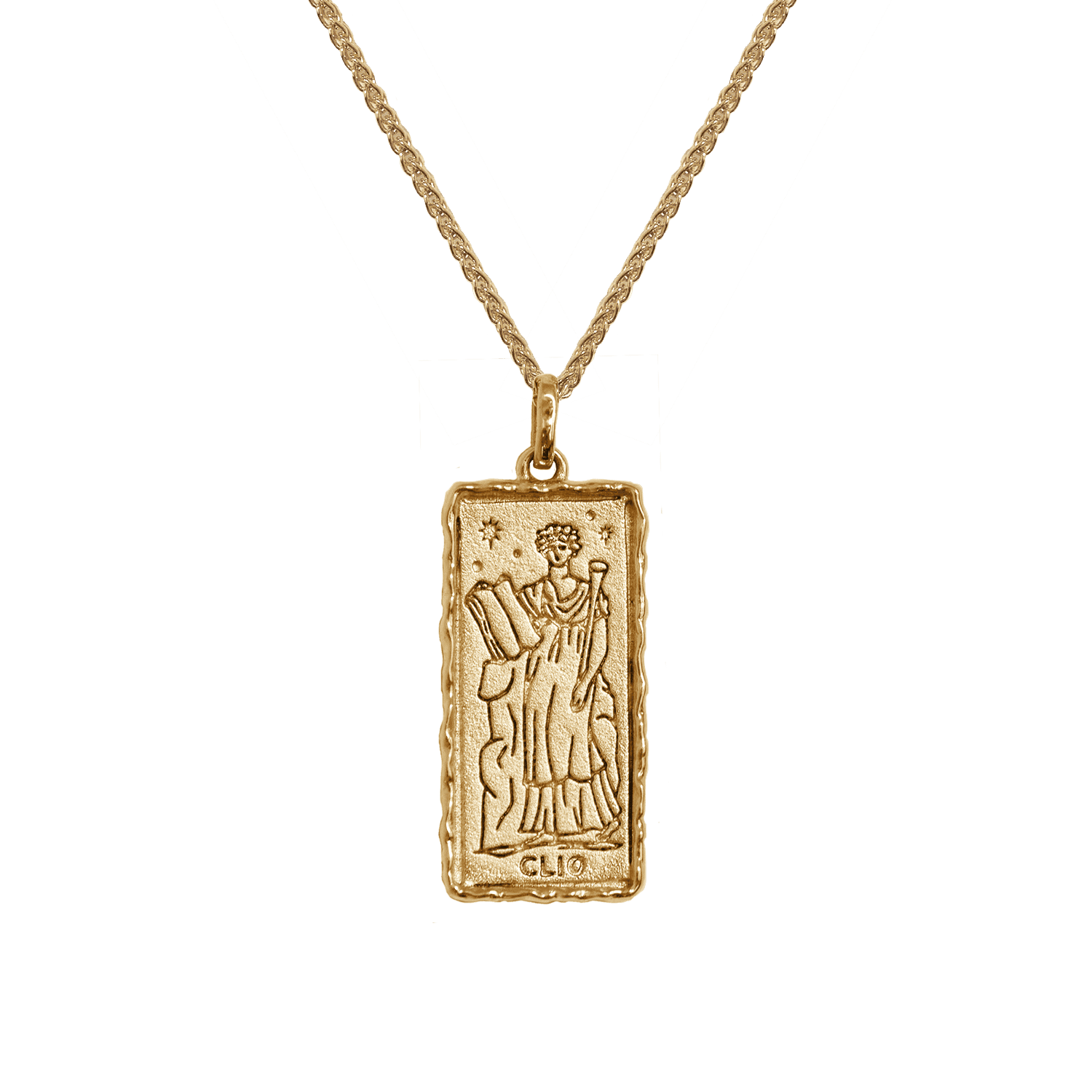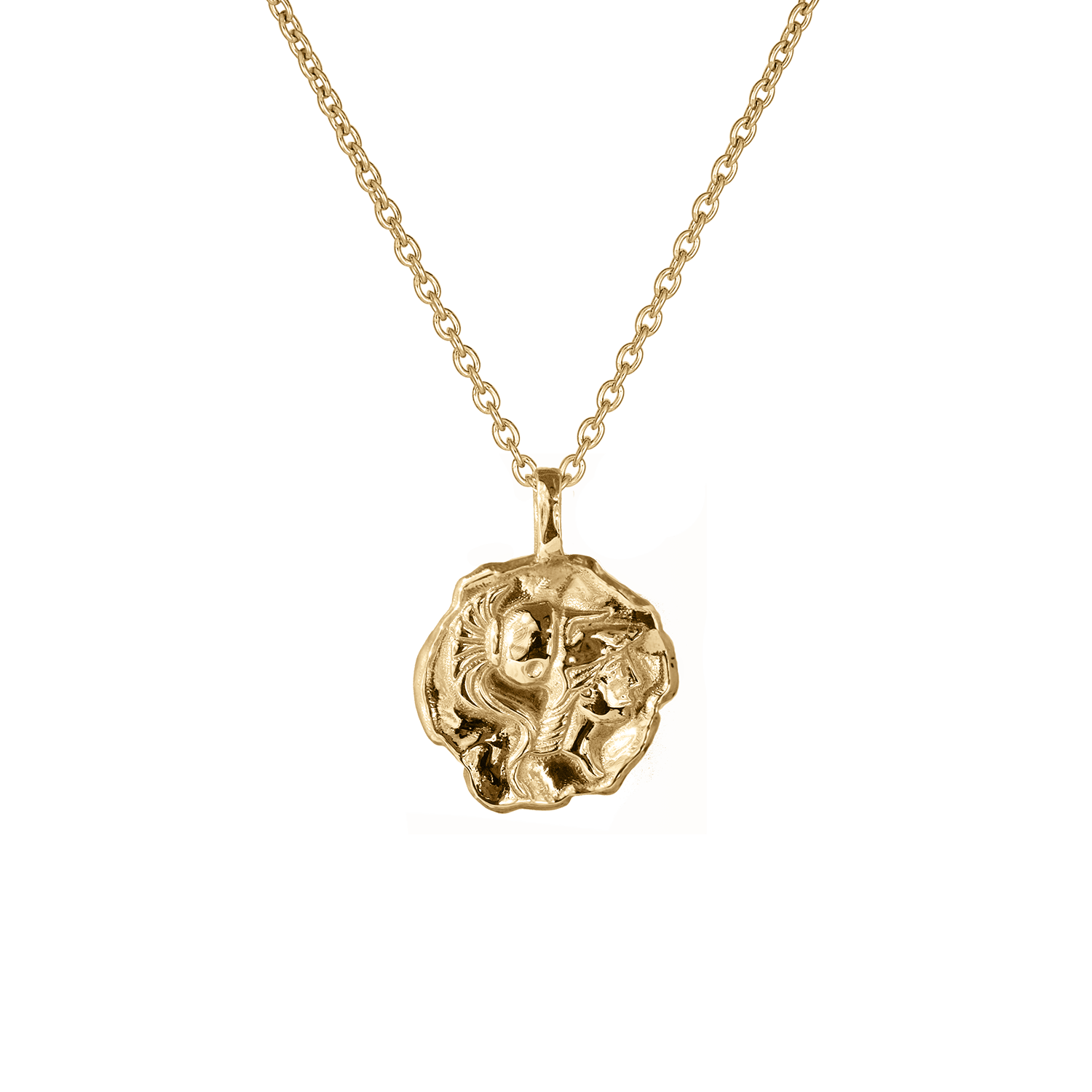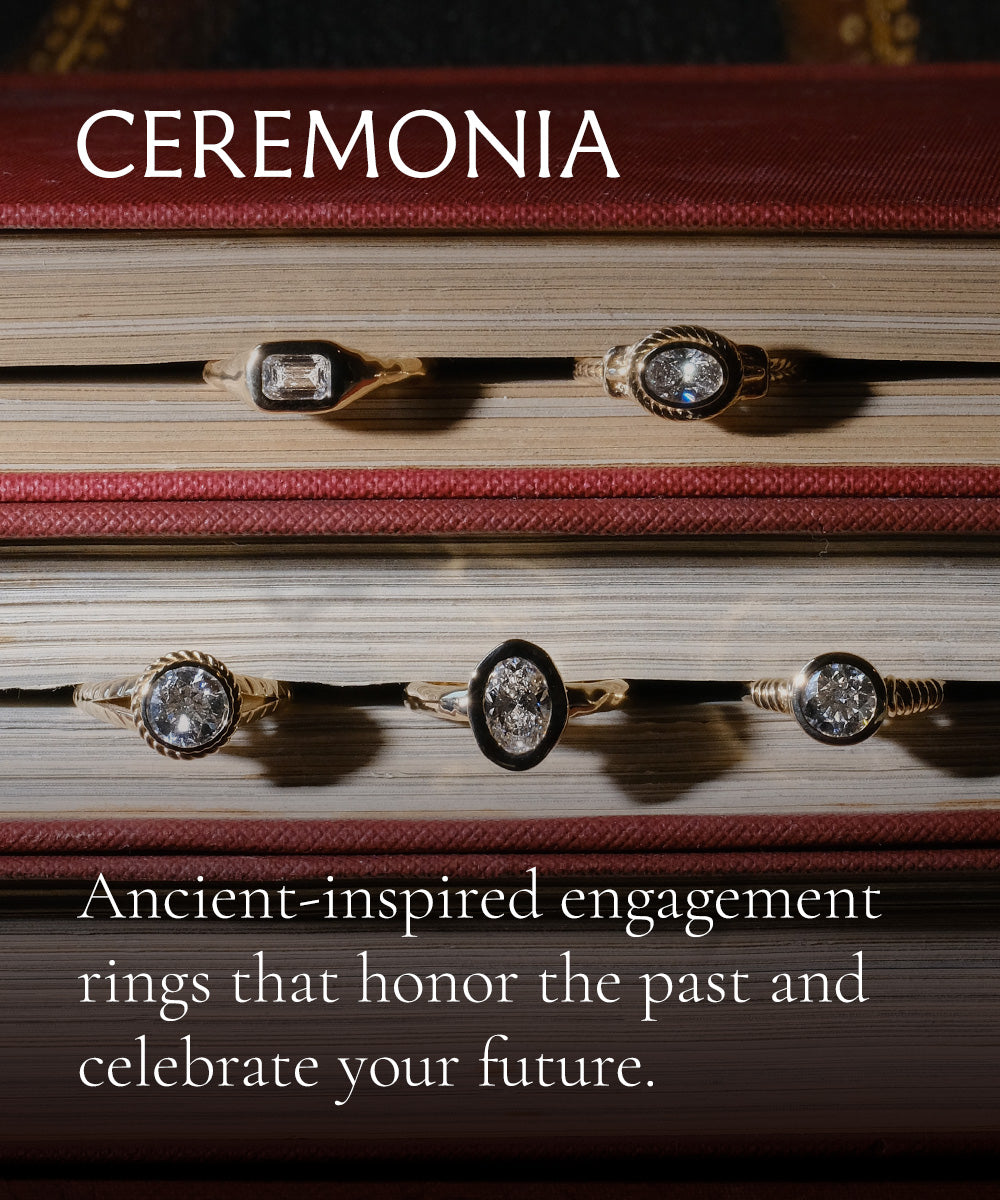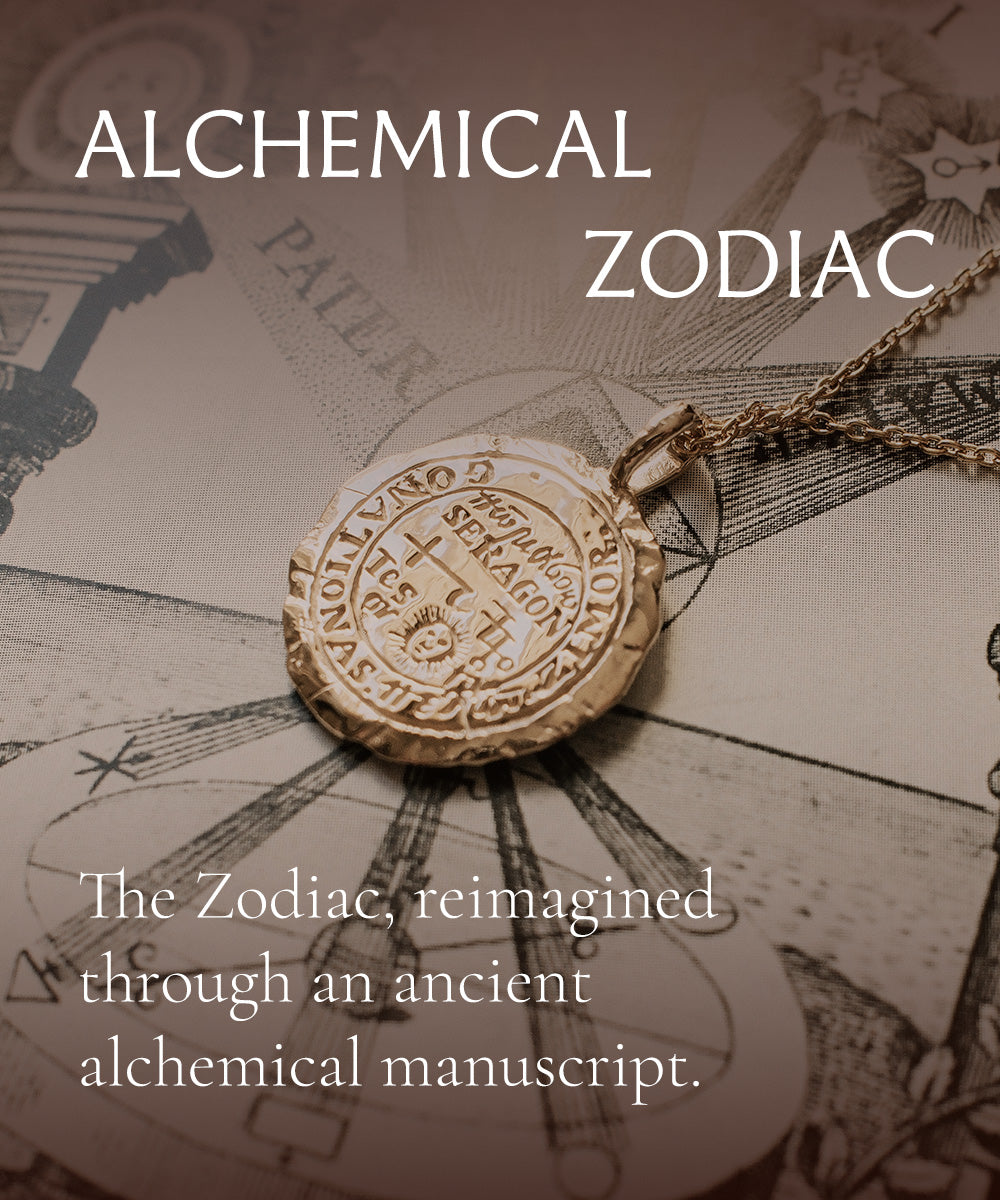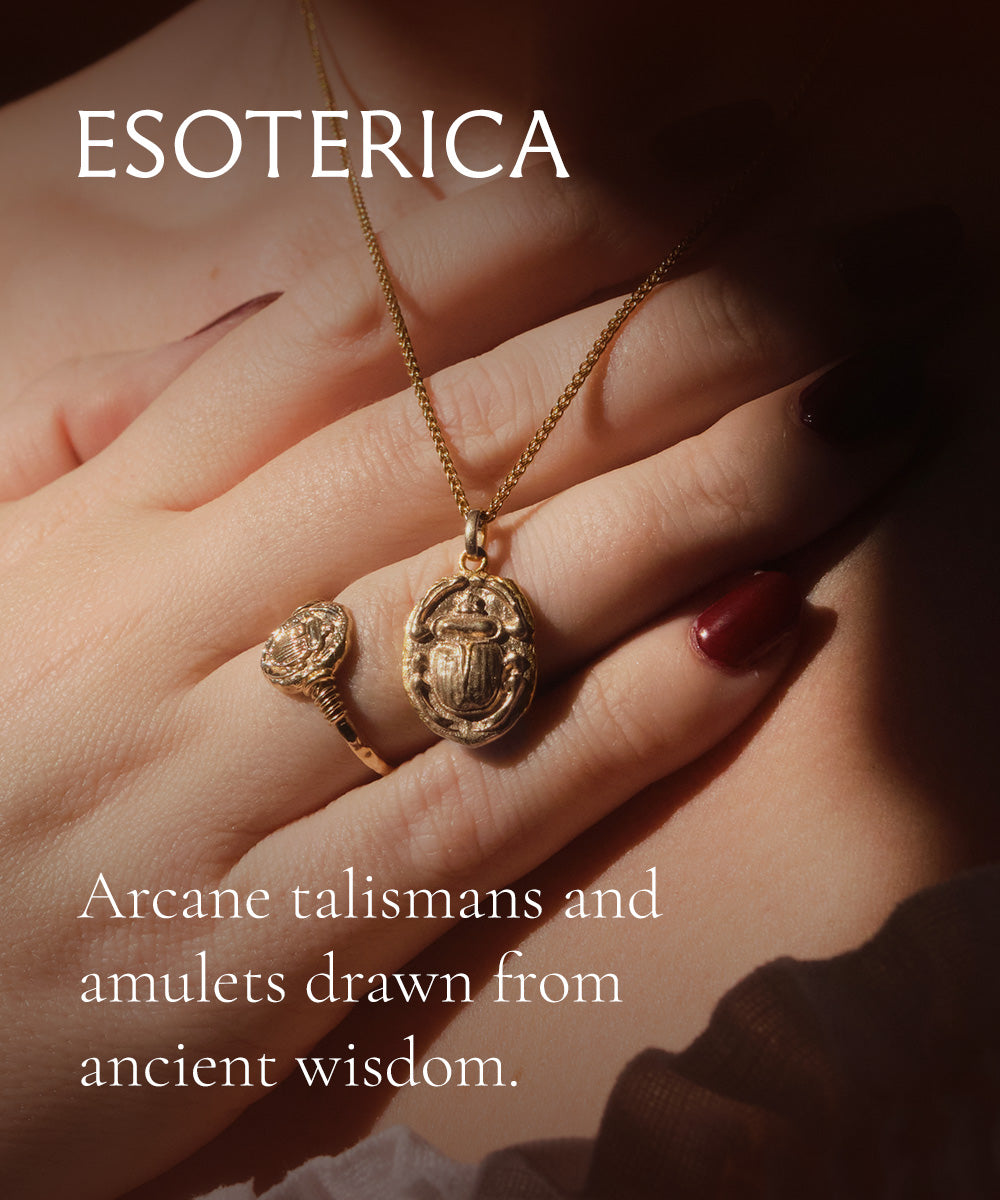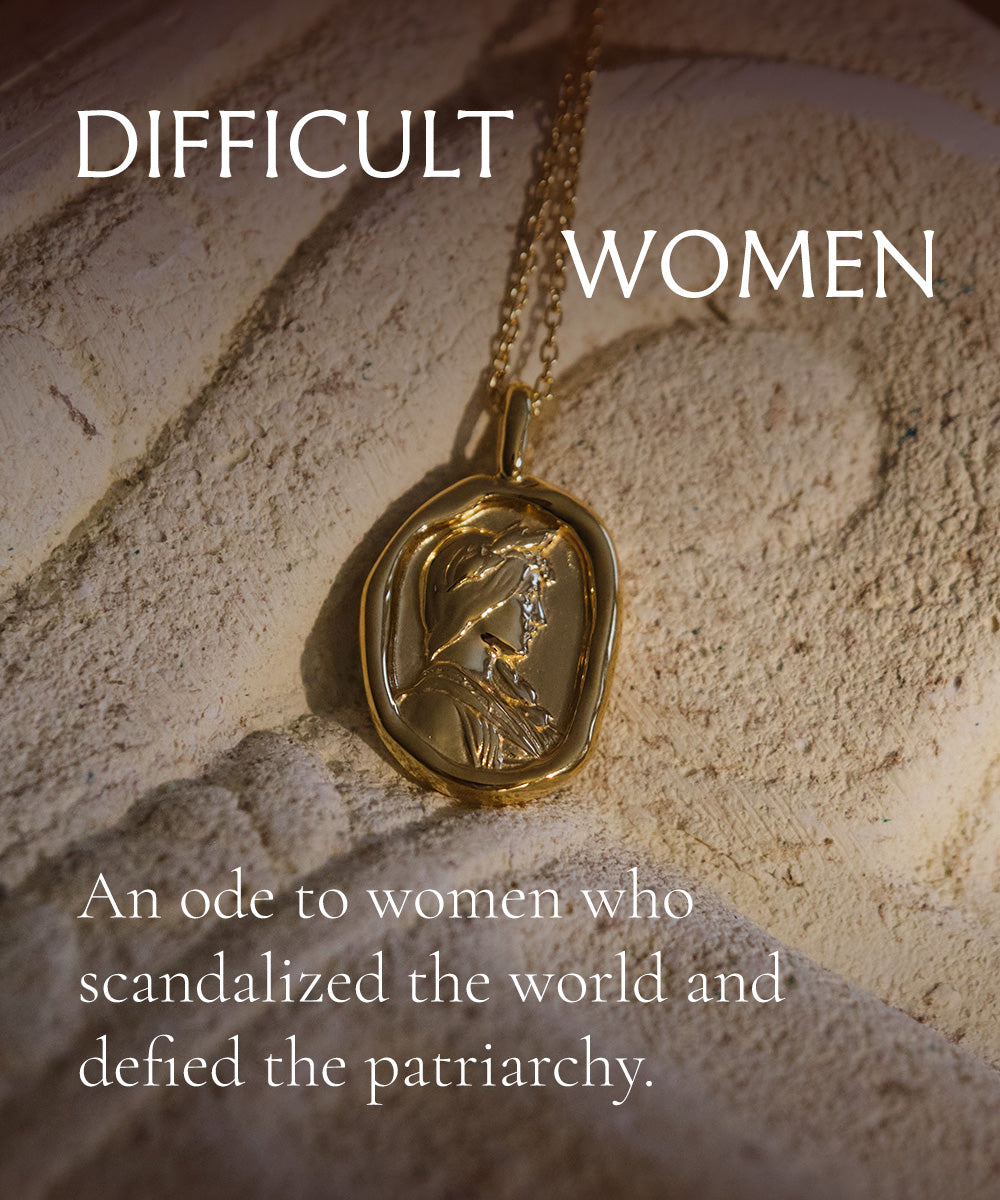You’ve heard of “night owl” and “early bird,” I offer you this.
Are you a sun person? Beckoned by summertime, heat and sweat and salt? Do you melt without hesitation into new experiences, and laugh aloud while doing so? If you shine from the inside out, you may find yourself swimming in the molten metal sea of the Icarus earrings.
A sun person never backs down, they are tenacious to a fault and it is impossible to look away. Take Herbert Draper’s 1898 The Lament for Icarus, a visually stunning painting of the son of Daedalus after his infamous fall, his feathered wings still grand and striking, affixed to his limp arms. He is the center of the image, surrounded by sea nymphs—lovely and luminous as they are, you cannot tear your gaze from Icarus.
But you must pore over Pieter Bruegel the Elders’s Landscape with the Fall of Icarus to find the boy in question—Icarus is in the corner of the portrait, no grand wings or lamenting nymphs, just two flailing legs of a foolish boy.
“unsignificantly
off the coast
there was
a splash quite unnoticed
this was
Icarus drowning”
-William Carlos Williams, Landscape with the Fall of Icarus, 1960
Defeat does not come easily to people of the sun, and can be difficult to accept. But failure is temporary, and the intrinsic value of a human is not. Time continues moving. So will you.
Moon people are not so aflame. Like a long night of snowfall, they are methodical and quiet, gentle, yet intense. If you are a moon person, you may be more inclined to evenings in, working alone, dedicating your time to finding peace within yourself. Like the white sapphire buried in the center of the Pleiades earrings, your inner glow is at your very center, brilliant white and dazzling, shrouded in precious metal.
Even on the brightest of nights, you can only see six of the seven sisters in the Pleiades constellation with the naked eye. The seventh, the lost Pleiade, hides her face in shame for marrying a mortal. Elihu Vedder’s 1885 The Pleiades depicts the seven sisters dancing, swirling about in fabrics and clouds, connected by a thread wound about their wrists. At the center of the painting is the lost sister, whose thread has broken. She is Merope, and her placement at the forefront of the painting symbolizes how achingly obvious is her absence.
For a moon person, it is all too easy to slip away into themselves, thinking the lack will go unnoticed, like the night sky on the new moon.
“The moon has long since set;
the Pleiades are gone;
now half the night is spent,
yet here I lie—alone.”
-Sappho, fragment 52, translated by Michael R. Burch
The night sky is an old friend of the poetess Sappho. Throughout the centuries, many have found their own meanings and translations of this fragment, but I prefer the simplicity of the direct interpretation. The moon is gone, the Pleiades too, and Sappho is alone, love-lorn and aching for those irreplaceable celestial bodies.
The night is a stranger without each of those traveling points of light.
